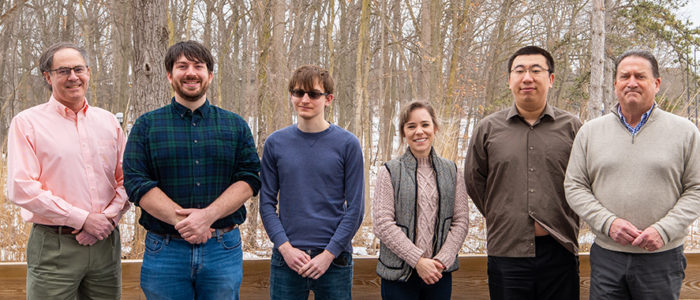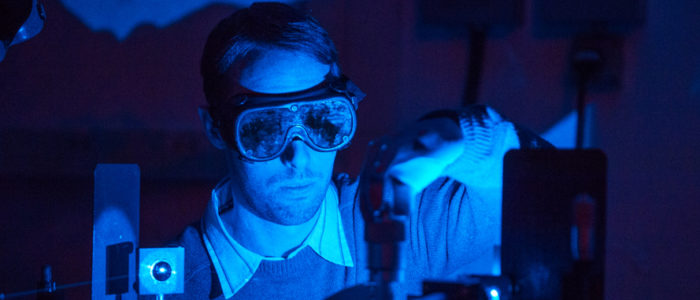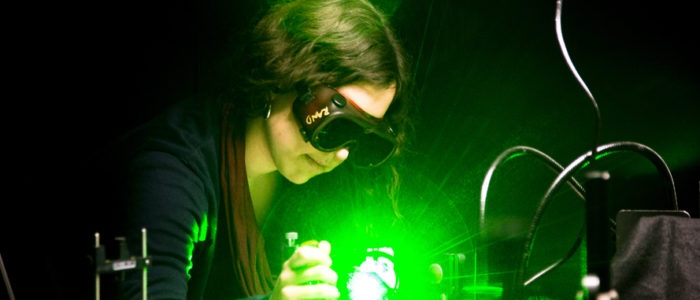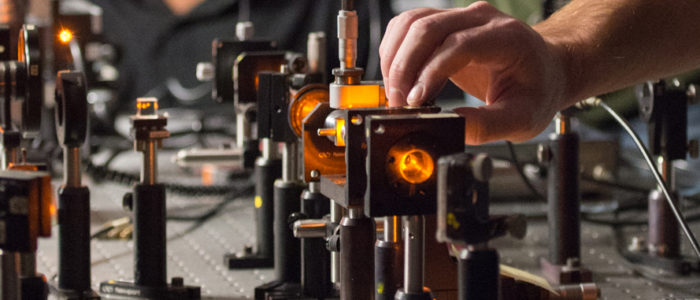Current Research
Our research has an inter-disciplinary style and currently focuses on two frontiers of optical science:
(i) Intense magnetic phenomena in optical dielectrics, to enable modifications of refractive indices and other applications normally associated with metamaterials
(ii) Laser cooling of solids, to evaluate the prospect of cooling condensed matter to sub-Kelvin temperatures.
The first topic involves fundamental studies of magneto-optical physics of dielectric media, in a quest to demonstrate modification of refractive index behavior and new magneto-optic phenomena in ordinary materials. “Transformation optics” is a hot topic that to date have been discussed only in the context of metamaterials. However, we recently discovered intense transverse optical magnetism in homogeneous dielectrics at moderate laser intensities. Now we are pioneering methods to exploit it to achieve negative permeability and programmable refractive index changes via nonlinear optical processes. This work is opening the door to demonstrations of unanticipated magneto-optical properties in completely homogeneous, natural materials.
The second topic in our group is laser cooling of solids. While numerous groups world-wide have performed experiments demonstrating that anti-Stokes fluorescence can produce modest cooling in condensed matter, we are interested in developing techniques for solids that are as effective as those used for laser-cooling of gases. The Doppler effect which is used to great advantage in gases is absent in solids however, so improvements require entirely new concepts. To date, we have analyzed this problem thermodynamically and proven that just as for gases the most effective optical emission process for cooling is spontaneous emission, not stimulated emission. However two-step procedures that alternate between stimulated and spontaneous processes could be useful in overcoming the limitations of existing methods. Recently we analyzed a Raman cooling method that promises to maintain a constant cooling rate all the way to liquid helium temperatures. Experiments are being initiated to cool a crystalline medium to sub-Kelvin temperatures, starting from room temperature.
Links to Applied Physics & Optical Sciences Laboratory & Optical Society of America (Ann Arbor Section)




